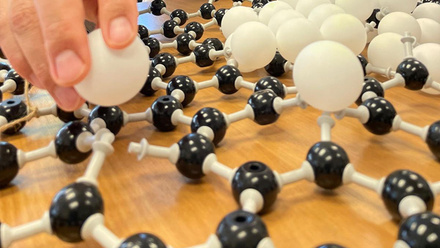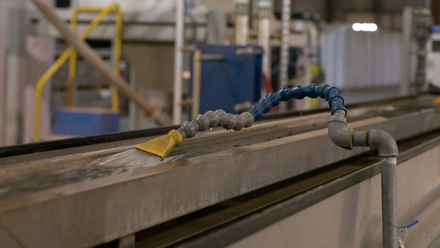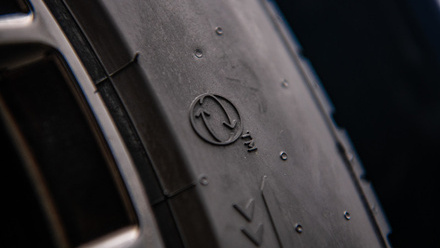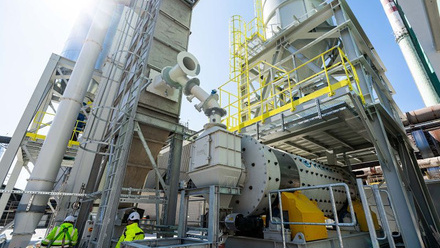Liquid carbon created and measured
A high-performance laser (DiPOLE 100-X) developed in the UK enabled the technique, which may support fission.
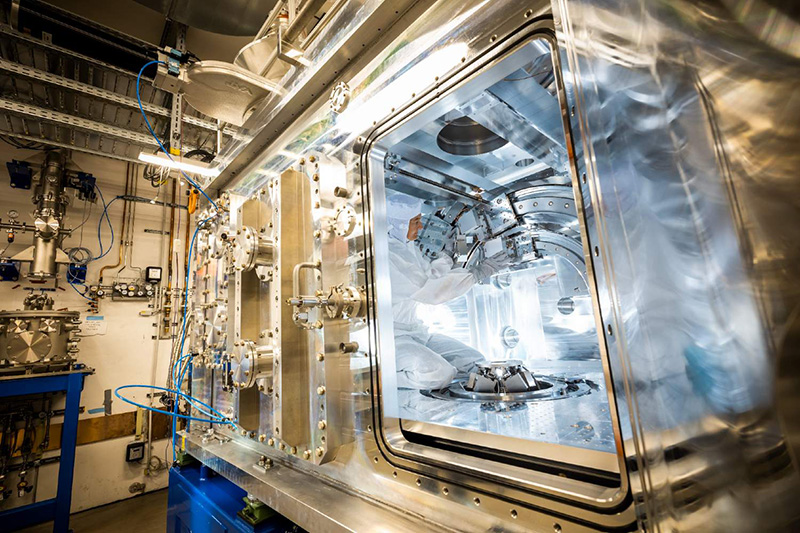
An international research collaboration, led by the University of Rostock and the Helmholtz-Zentrum Dresden-Rossendorf (HZDR), used complementary technologies from the Science and Technology Facilities Council (STFC) and the European X-ray Free Electron Laser (XFEL) to create and measure liquid carbon.
Until now, little was known about carbon in its liquid form, as it is gaseous under normal pressure. Only under extreme pressure and at temperatures of approximately 4,500°C, the highest melting point of any material, does carbon become liquid.
The D100-X laser created conditions that liquifies solid carbon samples for billionths of a second, while the X-ray beam captured diffraction patterns that reveal the atomic arrangement in liquid carbon.
While each experiment lasts only fractions of a second, they have been repeated multiple times with different parameters, allowing collation of the diffraction patterns to create a comprehensive picture of carbon’s transition from solid-to-liquid phase.
The measurements reveal that, with four nearest neighbours each, the systemics of liquid carbon are like solid diamond.
The researchers have also precisely determined carbon’s melting point, resolving disagreements among previous theoretical predictions.
Professor Dominik Kraus, Head of Carbon Working Group from the University of Rostock and HZDR, says, ‘Our experiment confirms the predictions made by sophisticated simulations of liquid carbon. We are looking at a complex form of liquid, comparable to water, that has very special structural properties.’
The STFC’s laser system has opened new research possibilities, and once the complex automatic control and data processing systems are optimised, experimental analysis could take place in seconds rather than hours .
The DiPOLE 100 laser technology will soon be available in the UK at the STFC’s new Extreme Photonics Application Centre (EPAC) at the Rutherford Appleton Laboratory, based at the Harwell Campus in Oxfordshire.
EPAC is due to come online in 2026.
The results were published in Nature in the paper The structure of liquid carbon elucidated by in situ X-ray diffraction.


